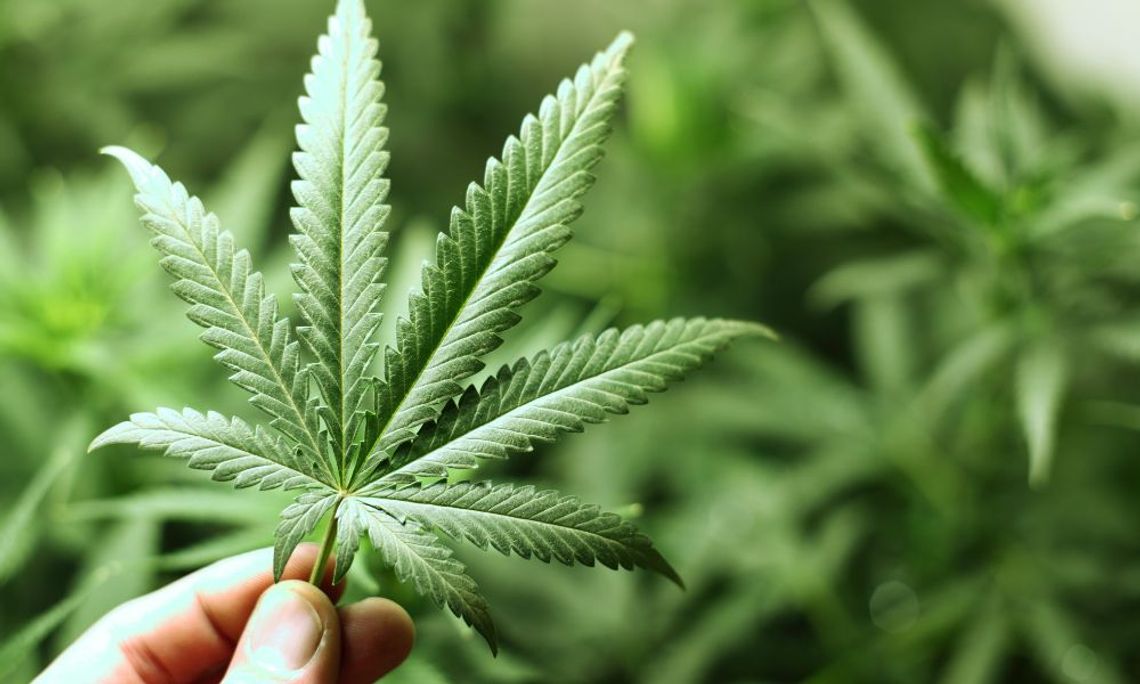Cannabis is more prevalent than ever, and cannabis testing is a growing industry. What does the potency of cannabis mean, and why do we need to test for it? In our brief explainer, we’ll break down what you need to know about cannabis potency, from how chemists measure its potency to testing methods.
What Does Cannabis Potency Mean?
When we refer to the potency of a cannabis product, we’re referring to how intensely it will affect a user. The more potent the product, the more intense the effects the user will feel.
What affects potency? How do we measure the effectiveness of cannabis?
How Is Cannabis Potency Measured?
Researchers determine the potency and strength of a cannabis product by the amount of THC within it. Tetrahydrocannabinol (THC) is the chemical compound most responsible for the psychological effects that cannabis users experience—the more THC, the more intense the psychoactive feeling.
THC attaches to the cannabinoid receptors in the user’s brain and activates them. The active receptors cause the psychological effects of cannabis users: euphoric feelings, concentration lapses, and misplaced time perception.
Why Do We Need To Test Cannabis for Potency?
We understand what cannabis potency means, but why is cannabis testing important? Cannabis products are legal for medicinal and recreational use in more states than ever, which means more people are trying them for the first time.
Cannabis products like edible gummies and baked goods are popular, especially among first-time users, as they’re easier to consume than smoking or vaping the flower. These edibles, however, can be extraordinarily intense, and a person consuming too much THC can experience severe side effects like:
- Memory loss
- Loss of balance
- Vomiting
- Anxiety
- Drowsiness
Pro Tip: Experts recommend a dosage of approximately 2.5-5 milligrams of THC for users consuming cannabis for the first time.
How Is Cannabis Potency Tested?
Clearly, testing cannabis potency is crucial, but how is it done? There are multiple options for cannabis potency testing, but the most common is high-performance liquid chromatography (HPLC).
HPLC is common in many industries, including cannabis, because it’s affordable, takes up little space in a research lab, and can deliver accurate results in less than half an hour. Other favored methods for cannabis potency include liquid chromatography with mass spectrometry and Fourier-transform infrared spectroscopy.
Hopefully, you know a little more about cannabis, the chemical makeup behind its potency, and analysis methods. As more states and countries move to legalize medicinal and recreational cannabis use, it’s best to learn as much about the flower as possible.


Comment
Comments